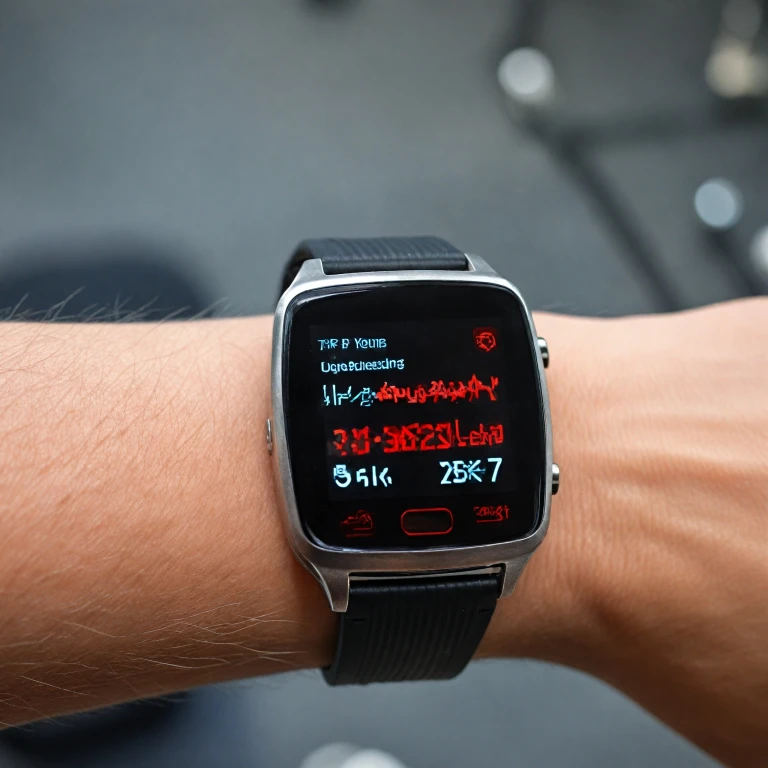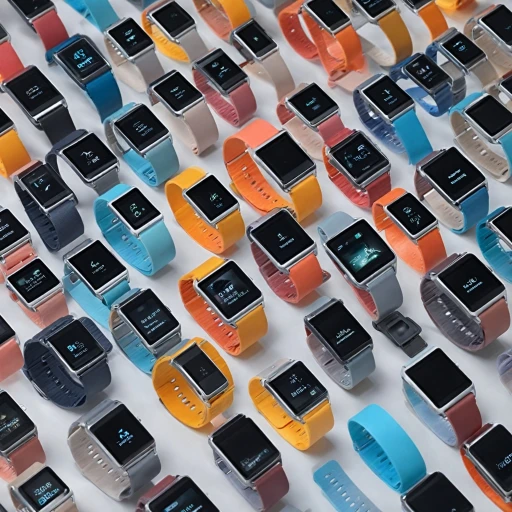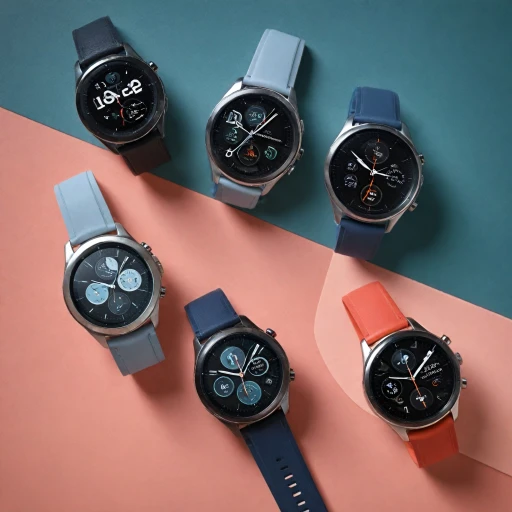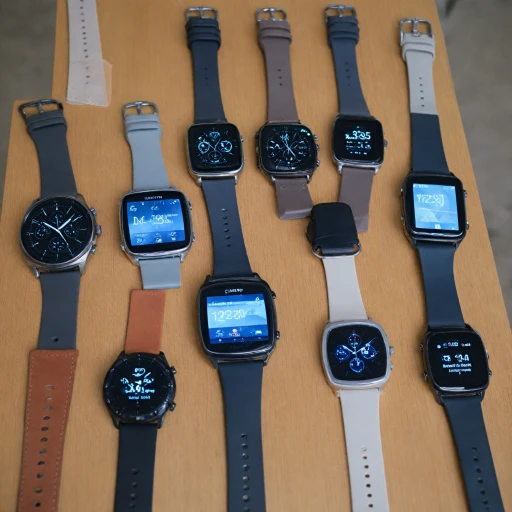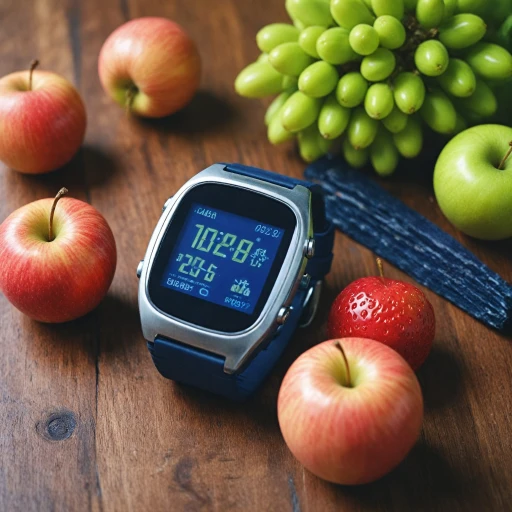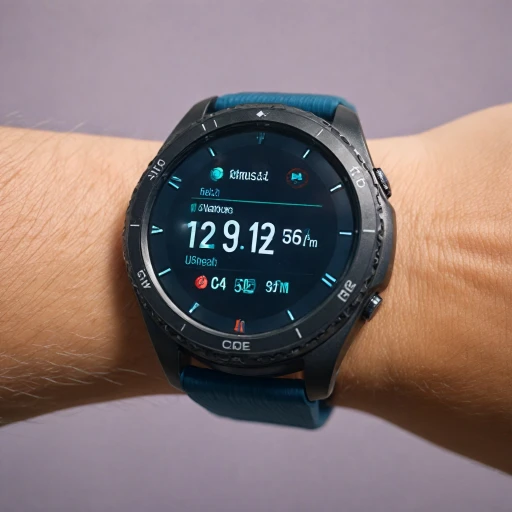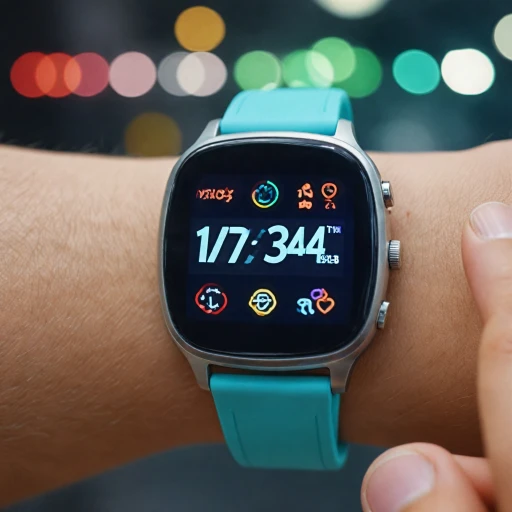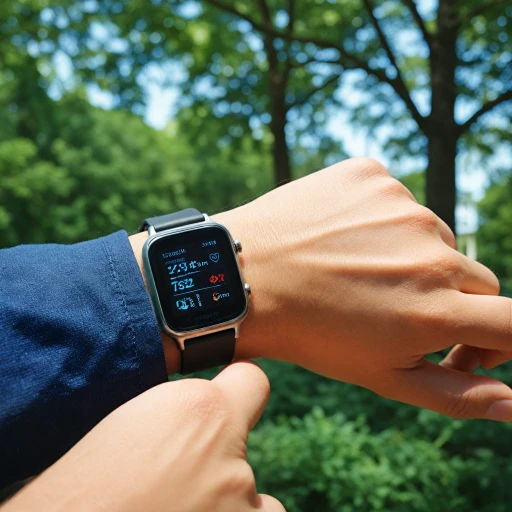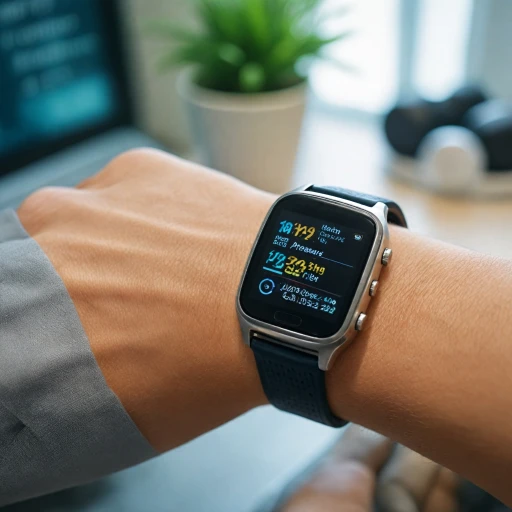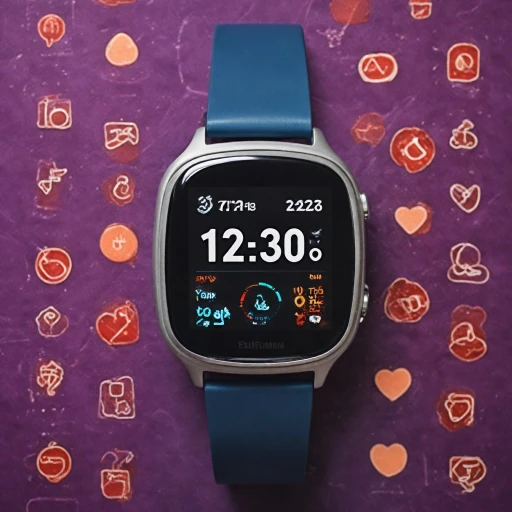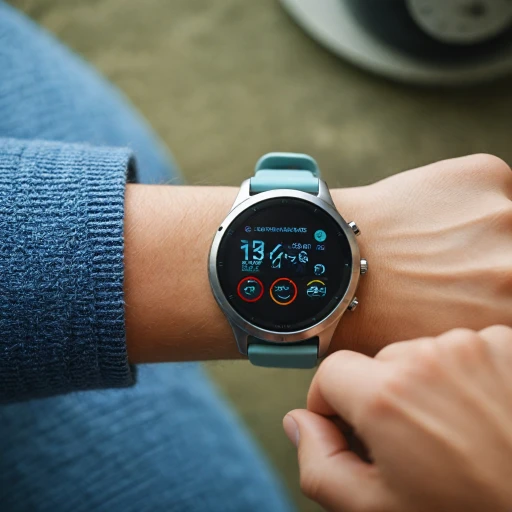The Evolution of Health Monitoring in Wearables
The Journey of Wearables in Health Monitoring
The rise of wearable technology, including smartwatches, has transformed how we track our health. Initially, these devices simply displayed time and date, much like traditional watches. However, modern smartwatches now go beyond these basic functions, providing a plethora of health-monitoring features. Notably, they are equipped with capabilities to track heart rate and blood pressure, offering valuable insights into personal health and fitness. As integration between health technologies and wearables deepens, people have experienced greater access to tools that aid in tracking key indicators like heart rate and blood pressure. For fitness enthusiasts, top brands like the Apple Watch and Samsung Galaxy Watch are recognized for their precision and versatility. These models provide comprehensive fitness tracking, making them popular choices among users who value health insights. From costly implants or bulky devices, we've transitioned to stylish and portable solutions. With options available at various price points, individuals can find devices that not only fit their budget but also align with their health goals. Regular use of these smartwatches allows individuals to monitor their health metrics consistently, playing a pivotal role in proactive health management. It's important to note the rapid pace at which innovation occurs. Breakthroughs such as innovative smartwatches for blood sugar monitoring underscore the continuous expansion of wearable technology. This evolution exemplifies how smartwatches have become indispensable tools for health-conscious individuals, providing reliable data that informs lifestyle choices. The journey has certainly been a significant one, from traditional time trackers to advanced health monitors.How Heart Rate and Blood Pressure Watches Work
Mechanisms Behind Heart Rate and Blood Pressure Monitoring
Advancements in technology have allowed watches to transform into sophisticated health monitors, capable of tracking various health metrics, including heart rate and blood pressure. These features are primarily found in smartwatches and fitness trackers.
Heart Rate Tracking: How It Works
Heart rate monitoring in smartwatches, like the Apple Watch or Samsung Galaxy Watch, typically employs photoplethysmography (PPG). These sensors use green LED lights to penetrate the skin, detecting blood flow changes in your wrist. The fluctuations in this data are converted into heart rate measurements, giving users a glimpse into their cardiovascular health. Many modern fitness trackers equipped with heart rate monitors also provide continuous tracking, which can be crucial for maintaining an optimal fitness regime.
Blood Pressure Monitoring: Gaining Insights
Measuring blood pressure with a watch involves a different approach since a traditional cuff cannot be accommodated in such a small device. Several methods are used, including oscillometric techniques and a combination of PPG and ECG (electrocardiogram) for more accurate readings. Some devices offer the convenience of a cuff-free experience, though they still aim to deliver reliable data comparable to conventional methods.
Brands such as Omron and Samsung have ventured into this technology, introducing smartwatches that allow users to monitor their blood pressure right from their wrist, thus enhancing personal health management. While these readings may not replace professional medical evaluations, they provide a helpful snapshot of one's health status.
Understanding these mechanisms is crucial when exploring the benefits of using a smartwatch to monitor your blood pressure. It's integral to evaluate how these features align with your health goals, whether for fitness tracking or medical monitoring.
Benefits of Monitoring Heart Rate and Blood Pressure
Why Track Heart Rate and Blood Pressure?
Monitoring heart rate and blood pressure has transformed the way individuals manage their well-being. A heart rate or blood pressure monitor within a smartwatch provides real-time data, aiding in personal health management. By collecting and analyzing these metrics, users can make informed decisions about their lifestyle and wellness.The User Experience
Heart rate and blood pressure watches offer various advantages:- Accessibility: Whether you prefer an Apple Watch, Samsung Galaxy, or another reputable brand, a smartwatch equipped with health-tracking features is easy to use, usually offering intuitive interfaces and reliable data.
- Convenience: With free shipping options often available on platforms like Amazon, acquiring the best fitness tracker or pressure watch is hassle-free. The wearable's capability to pair with apps for deeper analysis enhances usability, offering a seamless experience.
- Affordability: While prices vary, with some models available at a regular price akin to watches men typically wear, the investment is worthwhile given the comprehensive benefits. With options across price ranges and the availability of a rate blood pressure tracker for every budget, monitoring doesn’t have to break the bank.
Impact on Health and Lifestyle
- Health Monitoring: Understanding how heart rate and blood movement through your body’s system provides insights that can help prevent health issues. Regular monitoring can alert you to irregularities, enabling early intervention.
- Fitness Tracking: For the fitness enthusiast, these devices double as a fitness buddy, tracking steps, calories, and progress. That said, choosing the best wristwatch for tracking your steps ensures a holistic approach to personal fitness.
- Integrative Data: Linking your device to health apps allows for comprehensive health analytics, promoting better lifestyle choices.
Choosing the Right Heart Rate and Blood Pressure Watch
Finding the Perfect Fit for Your Needs
Choosing the right heart rate and blood pressure watch involves understanding the specific features that suit your personal requirements. With a plethora of options available, making an informed decision can enhance your health monitoring experience. Here's a concise guide to assist you:- Health Features: Look for watches that offer accurate heart rate and blood pressure monitoring. Advanced models, like the Apple Watch Series and Samsung Galaxy Watch, often provide additional metrics such as blood oxygen levels, offering a comprehensive view of your health.
- Price and Budget: Assess the regular price of available smartwatches. Prices can vary widely, with premium models offering more features at a higher cost. Consider your budget and prioritize features most important for your health needs, from basic fitness trackers to sophisticated watches.
- Design and Comfort: A watch that you'll wear consistently should be comfortable and appealing. Options like the Apple Watch Series and other designs tailored for men and women provide both style and functionality, ensuring monitoring without sacrificing comfort.
- Additional Features: Some models come with added benefits like free shipping or integration with fitness apps. Consider whether these perks add value and convenience to your purchase.
- Cuff and Traditional Monitors: If traditional cuff monitors still appeal to your sense of accuracy and reliability, consider hybrid options that combine the elegance of a smartwatch with the functionality of traditional devices.
Challenges and Limitations
Overcoming Hurdles in Blood Pressure and Heart Rate Monitoring Devices
Monitoring heart rate and blood pressure through wearables like smartwatches has become increasingly popular. However, these devices also come with their own set of challenges and limitations.- Accuracy Concerns: While many models boast advanced sensor technology, the accuracy of wrist-based wearables can sometimes be inconsistent, especially when compared to traditional cuffs. Factors such as wrist position, skin tones, and even tattoos can influence readings.
- Connectivity Issues: High-tech watches require seamless connectivity for optimal operation, which isn't always guaranteed. Interruptions in Bluetooth or Wi-Fi connections could lead to incomplete data tracking.
- Price Barriers: With the plethora of options in the market, from the latest Apple Watch Series to Samsung Galaxy models, pricing can be a concern. Price varies significantly depending on features and brand prestige, making it essential to align budget with specific monitoring needs.
- Data Privacy: As more health data get collected by devices and apps, there is an increased risk of privacy breaches. It is crucial for consumers to understand the terms and conditions of data use by companies.
- Battery Life: While some models, like the best fitness trackers or heart monitors, offer extensive usage, continuous monitoring can quickly drain battery life, requiring frequent charging.
- Limitations in Health Monitoring: Smartwatches are not medical devices, so while they serve as useful indicators, they should not replace professional advice. Inaccurate results might lead to unnecessary panic or neglect of actual health issues.
Future Trends in Health Monitoring Wearables
Emerging Trends in Health Tracking Wearables
As technology continues to advance, the future of health monitoring in wearables like heart rate and blood pressure watches is looking promising. These smart devices are becoming more sophisticated, integrating more features for a comprehensive health overview without sacrificing user-friendliness.- Expanded Health Metrics: The newer smartwatch models are focusing on diversifying the health parameters they monitor. Beyond heart rate and blood pressure, many wearables now also include blood oxygen level monitoring and ECG functions. The Samsung Galaxy series, for example, is continually expanding its health tracking capabilities, providing users with a rich set of data to analyze their well-being.
- Enhanced Accuracy: Efforts to improve the precision of heart rate monitors and pressure monitors are at the forefront of industry research. Manufacturers aim to address current challenges and limitations, such as possible inaccuracies due to wrist placement and motion. The next generation of fitness trackers is likely to feature better algorithms and sensors.
- Integration of AI and Machine Learning: The application of AI in health wearables can provide insights that were previously unattainable. By analyzing patterns and trends in a user's health data, AI can offer personalized health recommendations and early detection of potential health issues.
- Affordability and Accessibility: As innovation flourishes, production costs for cutting-edge health tracking technology are decreasing. This trend could bring down the regular price of advanced smartwatches, making them more accessible to a broader audience. Devices with premium features like an Apple Watch or a med watch might see prices in USD becoming more competitive.
- Smartwatch Connectivity and Ecosystem: Brands like Apple, Samsung, and others are moving towards creating an interconnected ecosystem of devices. This means that an Apple Watch or Galaxy Watch will seamlessly integrate with other digital tools, offering a holistic approach to health management.
- Free Shipping and Online Availability: With the rise of online shopping platforms like Amazon, customers can expect perks such as free shipping even for advanced models like watch series with blood pressure monitor features, enhancing the accessibility of these health tools.
